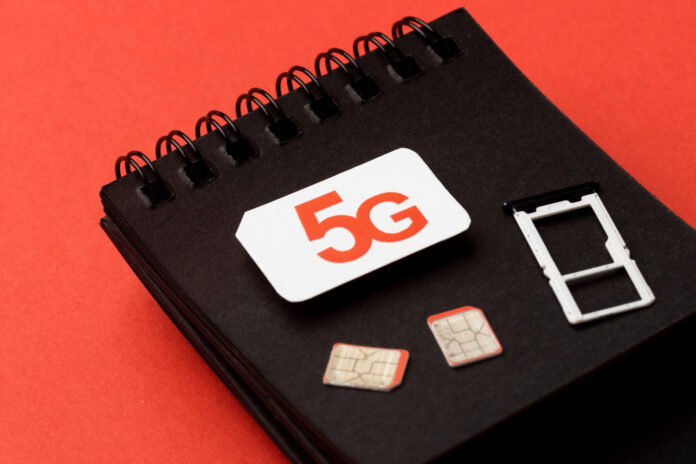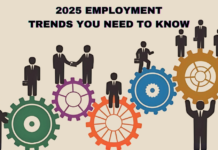The arrival of 5G technology represents a significant change in the landscape of remote work, converting it from a luxury to a sophisticated, effective, and cooperative norm. By bringing about notable improvements in latency and dependability, this cutting-edge mobile network goes beyond simple speed increases and has the potential to completely transform the landscape of remote work.
Faster, More Reliable Internet Connections
Faster and more consistent internet connectivity is the main benefit that 5G promises to provide to remote work. Potentially faster than 4G by up to one hundred times, 5G enables rapid uploads and downloads of large data, smooth HD video conferencing, and quick access to cloud-based resources. With less downtime and annoyance from erratic or poor connections, this increase in connectivity not only improves convenience but also significantly increases productivity.
Facilitating Real-Time Collaboration

5G’s low latency feature—the time interval before data transfer begins in response to an initiation command—allows for unprecedented real-time cooperation. There will be little latency for video conversations and shared digital environments, making remote interactions almost as efficient as face-to-face meetings. This improvement is anticipated to strengthen team cohesiveness, inventiveness, and problem-solving skills across geographic boundaries.
Enabling Advanced Remote Workspaces through VR and AR
5G’s compatibility for cutting-edge augmented reality (AR) and virtual r
eality (VR) technology is one of its most revolutionary features for remote workers. 5G is a strong enabler for these applications, which are demanding in terms of bandwidth and low latency. Imagine using augmented reality (AR) to apply real-time data overlays on physical objects or to hold virtual meetings in three-dimensional locations. Once thought to be futuristic, these concepts are about to materialize and provide immersive, interactive work environments that rival or perhaps surpass physical presence.
Conclusion
The introduction of 5G technology has the potential to completely transform remote work by improving productivity, teamwork, and immersion. 5G promises to broaden the possibilities of remote workspaces by providing faster and more dependable connections, supporting VR and AR apps, and promoting real-time communication. It is clear that remote work is developing into a more imaginative, integrated, and dynamic experience than it has ever been as we get closer to this revolution in connectivity.






